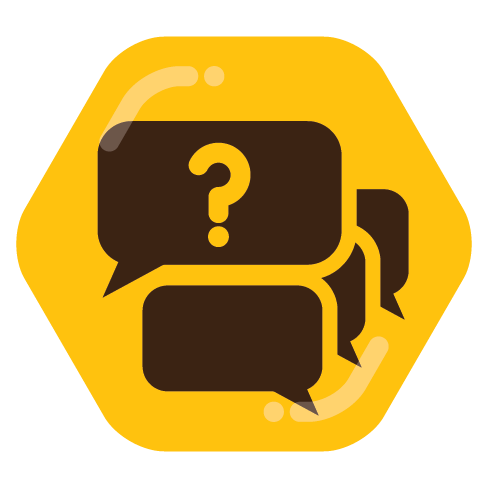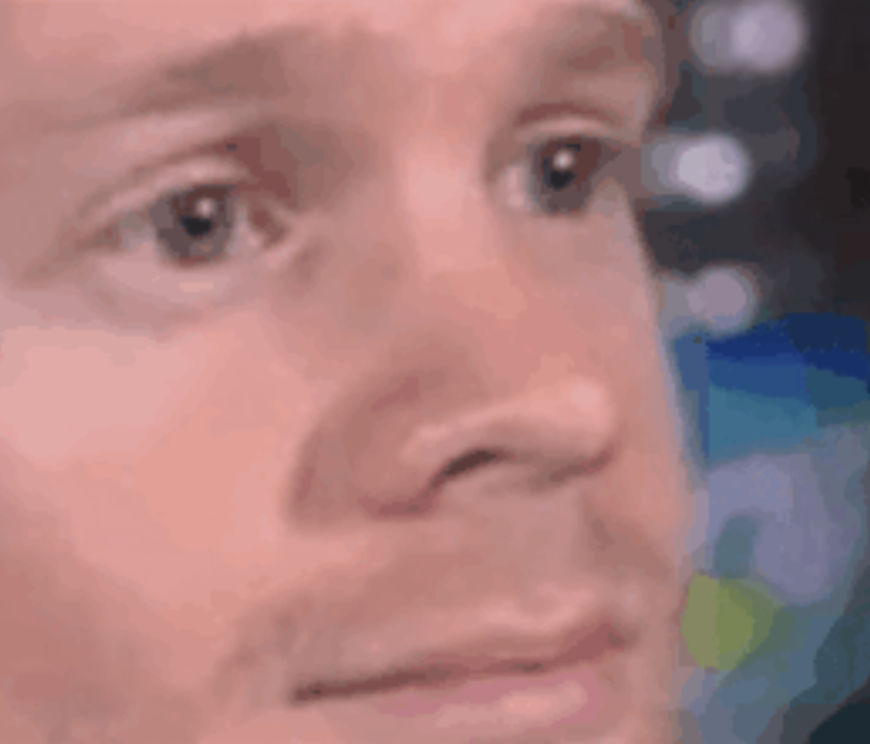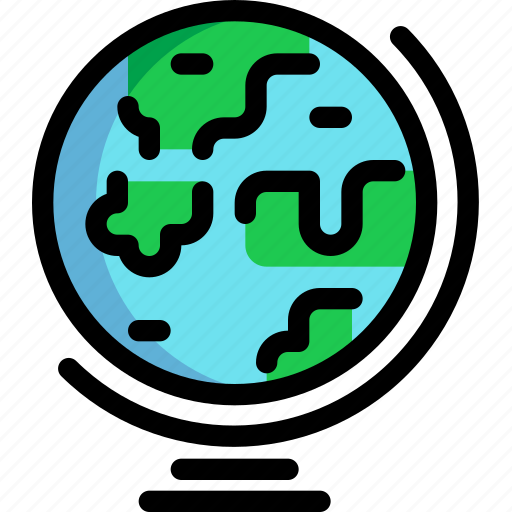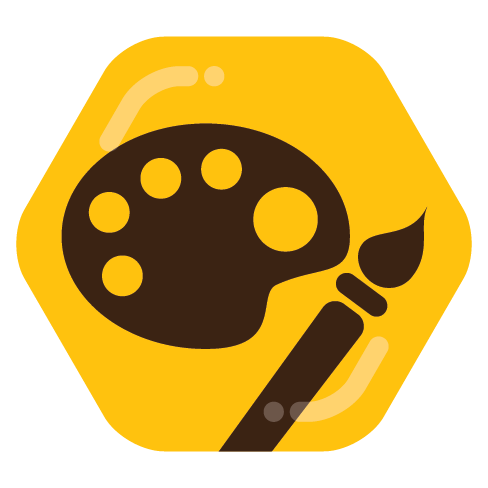

I believe the intent discussed in the article is that the U.S. would choose to enter in reparations. The argument being, beyond ethics, that as climate change displaces more and more people the walled gardens of the U.S. will be be beset by humans seeking refuge as well as climate change (catastrophe, crisis, choose your version). Therefore the practical answer is to gird vulnerable nations to survive well on their own for the sheer fact that it’s less work in the end. And account for potential serious action to curb their own emissions as reparations could/should be weighted for potential future emissions.
Your comment does speak to a chilling line of thought that crossed my mind as a dystopian alternative; where the U.S. would rather violently oppose change while the land dies and, those who can, fall back to closed shelters mimicking their nation’s stance. I don’t see how that is a preferable alternative to doing what we can to ensure fair survival for everyone. Surely engaging in war on a dying planet is more costly than providing aid with the justification of historic and future damages.








I believe the spirit of “doing nothing is good for the soul” in the context of the whole, is pointed more at the dissolution of the thought that you ought to be doing something productive.
I would credit you the question, can one ever “do nothing?” Sitting on a park bench is something. Listening to birds in the morning is something. Breathing is something. These things are good for the soul, they are not “productive” in a capitalistic sense and I think that is the point of the list.